WHYT LIVES HERE 24/7 ON MOTOR CITY RADIO FLASHBACKS
From our MCRFB aircheck archives featuring: WHYT-FM (’84) w/ GARY BERKOWITZ
![]()
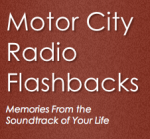 From the MCRFB NEWS archive: 1963
From the MCRFB NEWS archive: 1963
Concept Top 40 Music Geared ‘For Only Youngsters’ Generally Program Misread
From the Desk of Bill Gavin Billboard Contributing Editor
SAN FRANCISCO — The acid test of music policy is competition. A station will grow fat on its ratings as long as its competitors are fumbling. Sooner or later another station or two in the market is bound to sharpen up its operation, and the ratings picture begins to change.
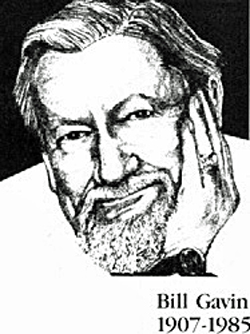 F o r r e a s o n s n o t c l e a r l y understood, top 40 revenues are considerably more vulnerable to rating declines than are the comfortable monthly billings of their more conservative colleagues. Advertisers appear to believe that on a good music station they are buying prestige, whereas on a top 40 station they are buying a predictable number of ears. The attitude apparently prevails that most of the modern sounds of today’s popular records are somehow disreputable, connoting cheapness and inferiority. Irrational as it may seem, this advertiser attitude exists, and because of it, top 40 music must deliver those ratings — or else!
F o r r e a s o n s n o t c l e a r l y understood, top 40 revenues are considerably more vulnerable to rating declines than are the comfortable monthly billings of their more conservative colleagues. Advertisers appear to believe that on a good music station they are buying prestige, whereas on a top 40 station they are buying a predictable number of ears. The attitude apparently prevails that most of the modern sounds of today’s popular records are somehow disreputable, connoting cheapness and inferiority. Irrational as it may seem, this advertiser attitude exists, and because of it, top 40 music must deliver those ratings — or else!
To many thoughtful radio people, this advertiser antipathy towards today’s popular music makes little sense. Popular records are not the exclusive province of the teenager. Agency media buyers know, from impartial research studies, that most top 40 audiences contains a majority of adults. In spite of this, agency people are still prone to evaluate top 40 as “kid’s music.”
I n m y o p i n i o n , this confused image is mainly the fault of top 40 personnel themselves, aided to be sure by the caustic critics of the press and of the competition. Far too many top 40 stations emphasize teen appeal out of all proportion to their audience potential. “Dedication” shows are a case in point. Bulletins audibly flashed about how seventh grade Lucy isn’t mad at Joe any more, or how all the girls in the eighth grade think that Tom is a “darling” can be pretty nauseating to listeners who are over 18 years of age. It is not necessary for a station to sound juvenile in order to please its younger listeners.
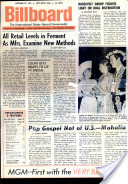
From time to time we hear of a top 40 station that is changing its music policy because its revenues are inadequate. Others change because of ratings inroads by the competition are in place within their own respective market. Such changes, either in a smooth sound or hard rock direction, run the risk of lower ratings without compensating revenue gains.
It is possible that the doctors who have proscribed the change have incorrectly diagnosed the illness. Radio “experts” make music policy their favorite whipping boy. In many cases a re-orientation of the station’s air presentation, or of its community image, can solve the problem without tinkering with the music.
M u s i c p o l i c y d o e s o c a i s s i o n a l l y require modifications to meet changed conditions. In the event of a competitive challenge, however, it’s a good idea to take a long, hard look at the many other factors involved in a station’s public acceptance.
When music policy does need revision, it is well to consider the changes most carefully. Amateur tinkering is worse than useless. The wise manager has a specific objective and then makes certain that the people making the changes are moving intelligently in the right direction. Change should be made with a purpose, not out of panic. END
___
(Information and news source: Billboard; September 28, 1963)
![]()
![]()
https://www.youtube.com/watch?v=7emtx8dQCEY
![]()
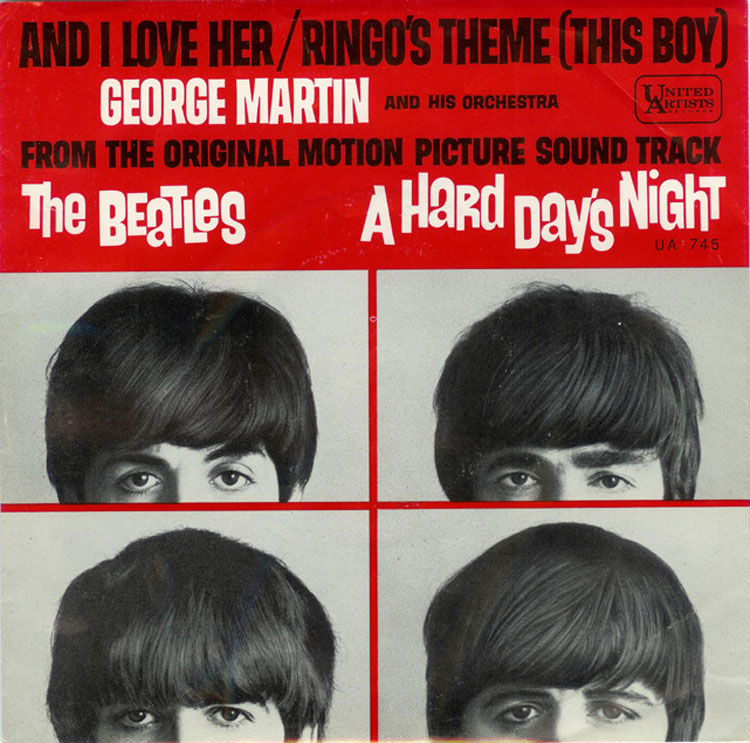
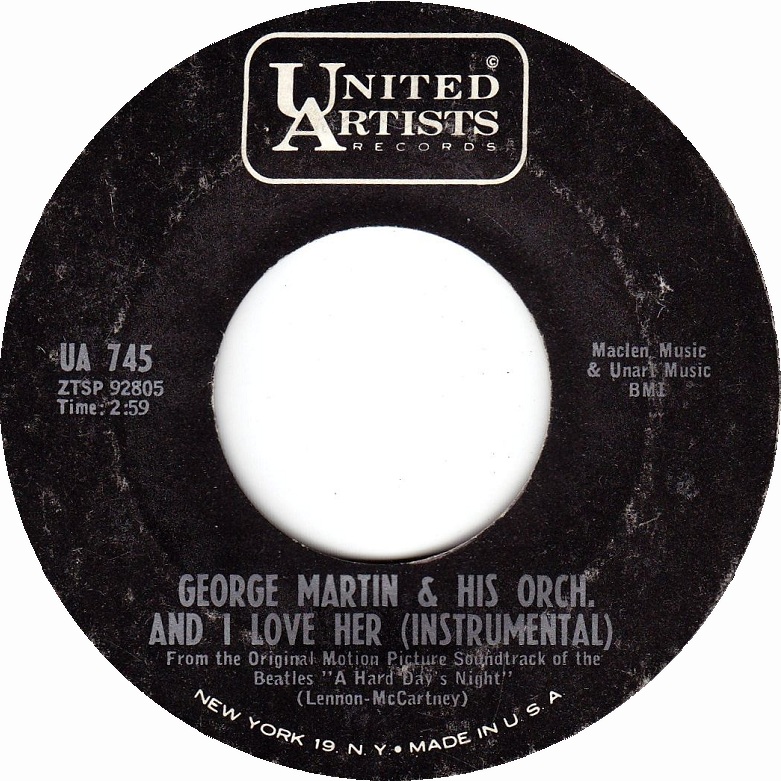
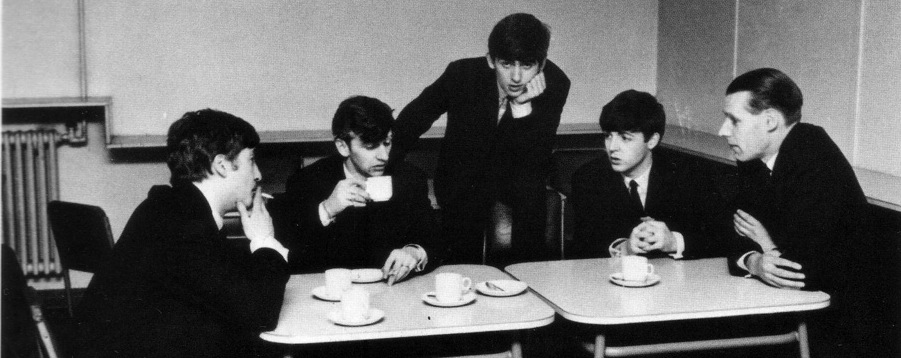
___
When the Beatles appeared for a three week session at the Paris ‘Olympia’ in January, 1964, John and Paul were concerned with the problem writing all the new songs for their first film — as yet untitled — and in addition they had to cook up a brand new single for release in February.
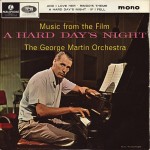
They had a piano moved into their suite at the Hotel Georges V, and they set to work. By the end of their stay they had laid the foundations for the film songs and written ‘Can’t Buy Me Love’ — the single which we recorded in our EMI Paris studios. At this time Paul played me his first ideas for ‘And I Love Her.’
Later, when I was busy orchestrating the background score it was decided to use Beatles music in the background whenever possible. Hence, ‘This Boy’ became ‘Ringo’s Theme’ in the Towpath sequence, and ‘A Hard Day’s Night’ was burned into a Jazz waltz for Grandpa’s chase scene from the Police Station. ‘If I Fell’ was not used orchestrally in the film, but I liked the tune so much I did a score anyway, and the end result is here.
I get great pleasure out of arranging the Beatles’ materials, and when the orchestra musicians comments on the quality of the music they are playing, I get an even bigger thrill telling them who wrote it.
___
— George Martin; EMI Records Limited (1964)
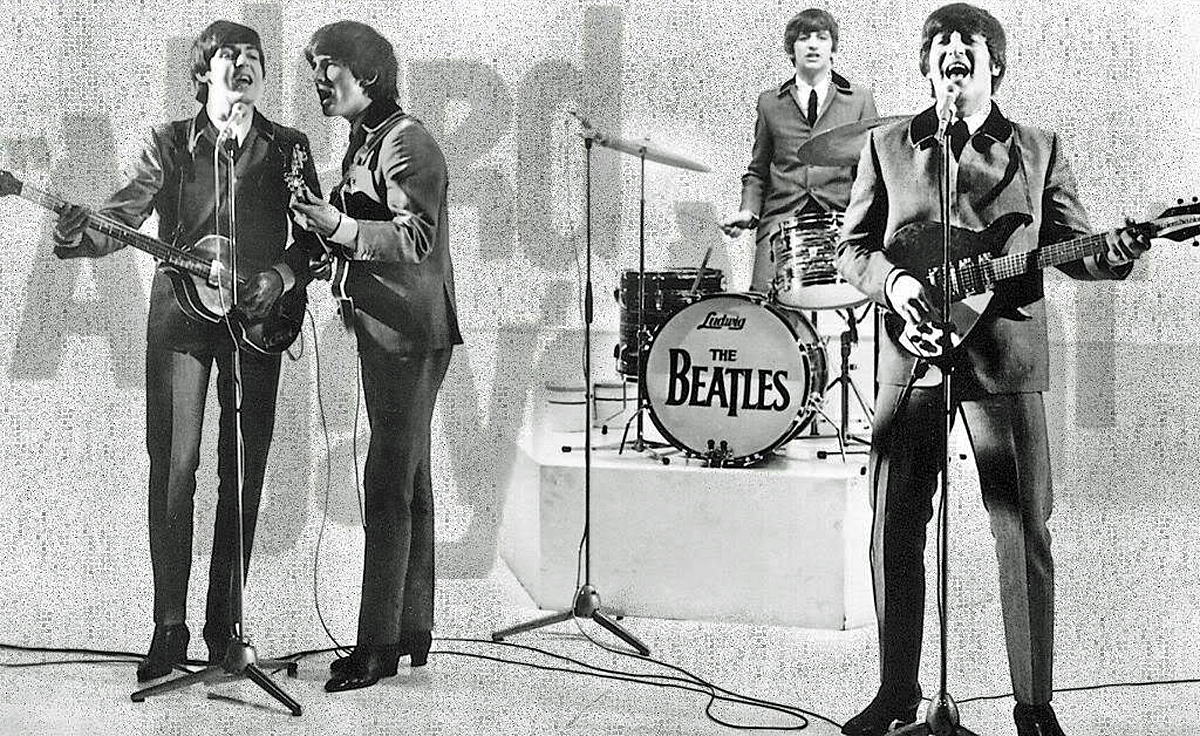
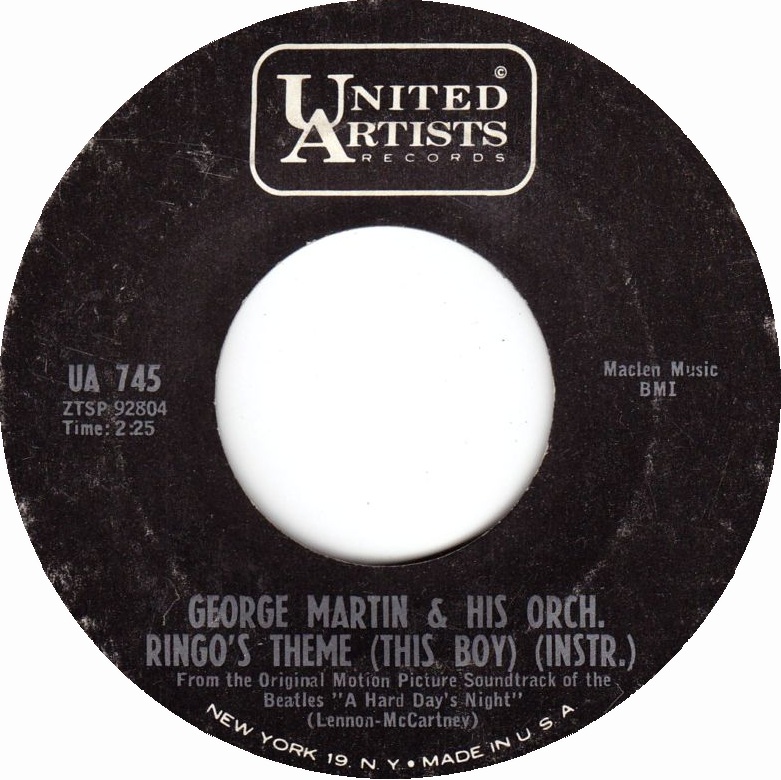
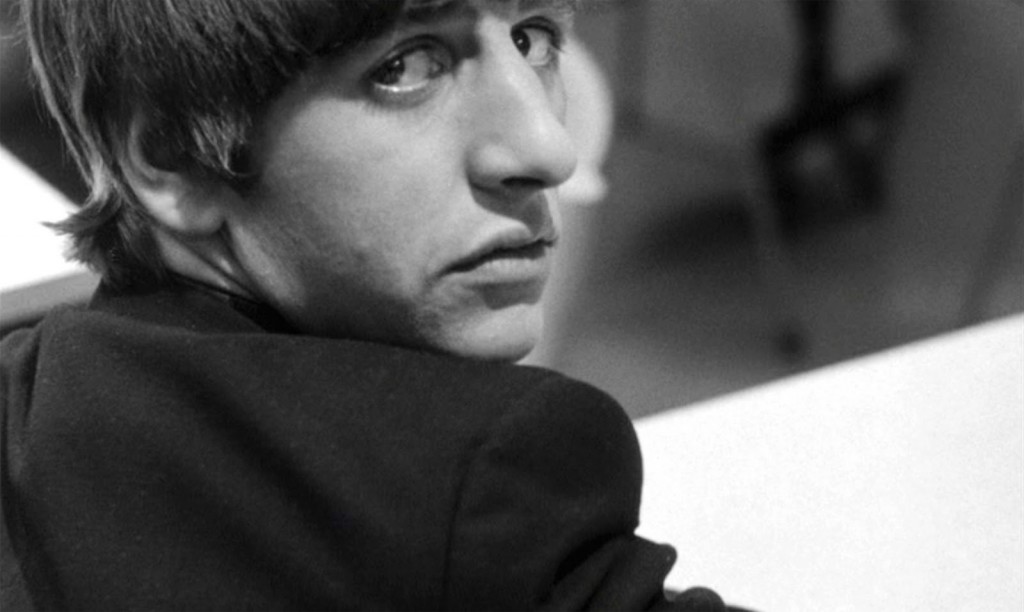
George Martin Orchestra’s “And I Love Her,” made it’s initial debut on the Billboard singles chart in July, 1964, the same month the Beatles ‘A Hard Day’s Night’ film (and their film album) made its theatrical debut in cities across America. The Martin instrumental, a song composition penned by Lennon-McCartney for the film, stayed 4 weeks on the charts (“Bubbling Under” the top 100) having peaked at No. 105 on August 1, 1964.
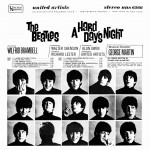
But the flip side of Martin’s “And I Love Her,” entitled, “Ringo’s Theme (This Boy),” another Martin instrumental score from the movie, rose much higher in popularity on the Billboard “Hot 100” several weeks later, in lieu after the film’s soundtrack score having been released by United Artists, on June 26, 1964.
“Ringo’s Theme (This Boy),” peaked higher than “And I Love Her,” having topped off at No. 53 during its eight week run on the Billboard “Hot 100,” on September 12, 1964.
In Detroit, “Ringo’s Theme” made the playlist on album-oriented radio stations WJR, WWJ, WCAR, WQTE and WJBK (as heard here), which incidentally by that time WJBK dropped it’s top 40 format for an easy-listening conservative radio sound in August, 1964.
This year, come July, will mark 50 years having passed since the release of the George Martin single and that of the Beatles’ film, ‘A Hard Day’s Night.’ In observance of the Fab Four’s 1964 theatrical film release, also comes the exciting news ‘A Hard Day’s Night’ will hit the silver big screen once again in major cities across the country on July 4, 2014.
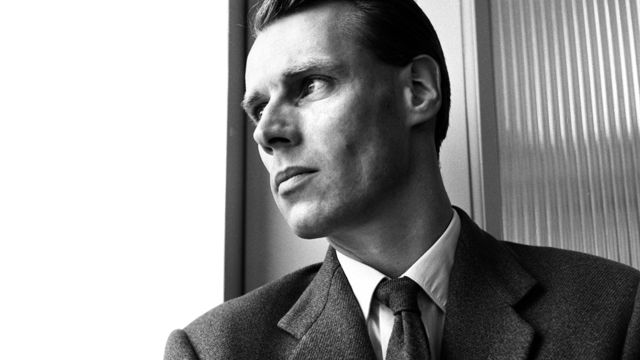

![]()
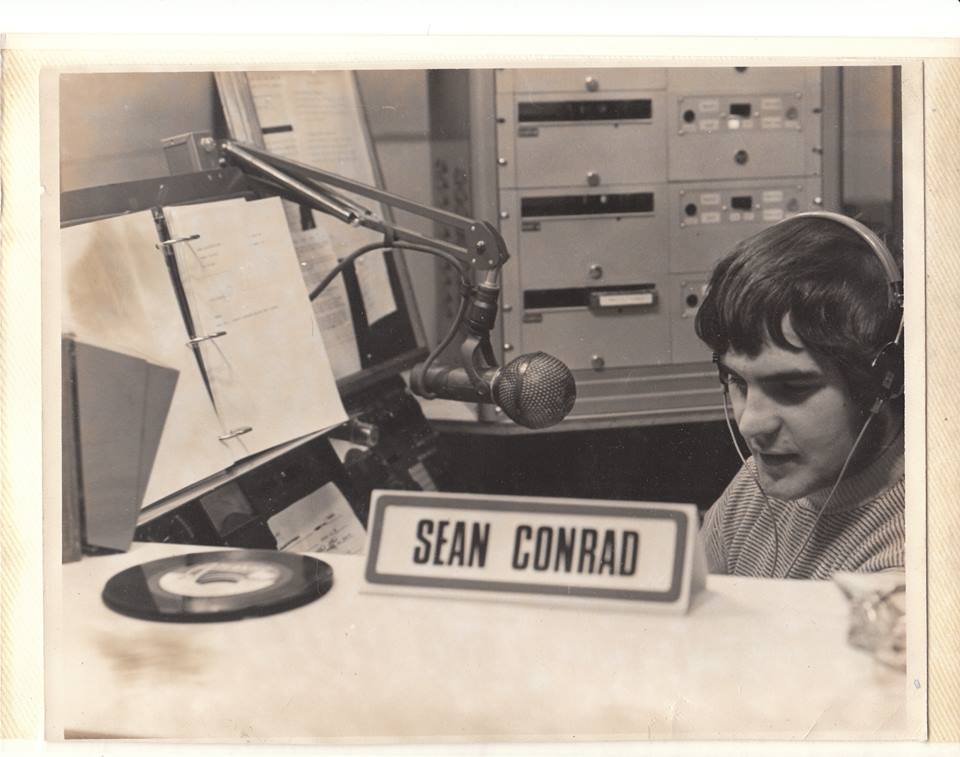 A WKNR FLASHBACK: Sean Conrad inside the WKNR studio in 1968 (Photo courtesy and property of Sean Conrad)
A WKNR FLASHBACK: Sean Conrad inside the WKNR studio in 1968 (Photo courtesy and property of Sean Conrad)
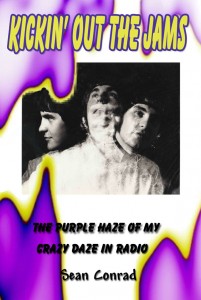
THE TRUE STORY OF A DISK JOCKEY | SEAN CONRAD
MOTOR CITY RADIO FLASHBACKS was pleased recently having heard from WKNR’s own Sean Conrad, the popular Keener 13 deejay on WKNR from 1968 through early-1970.
Sean Conrad resides today in Santa Cruz, California. Sean Conrad also informed us he has authored his own personal story of his rise and fall as a top 40 deejay, in his book, “Kickin’ Out The Jams – The Purple Haze Of My Crazy Daze In Radio.”
In his book Conrad devotes several chapters of his personal adventures, successes (and of his personal misadventures, and misfortunes) during the time when he was in radio and thereafter beyond. He also relates the time he was a Keener deejay while in Detroit (in several chapters) as well, which includes stories of the Grande Ballroom, Ted Nugent, The MC 5 and more of what was happening here behind the scenes of the music culture that was so much a part of Detroit during the late-1960s. You can read several of Conrad’s book reviews, here.
And this from the Barnes and Nobles website —
‘Kickin’ Out The Jams’ Book Overview
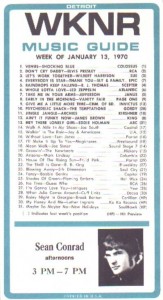
A record spinner’s memoirs…The true story of the day-to-day, play-by-play adventures of a young, insecure, teenage wallflower, from a small Midwestern factory town, who dives head first in to the rabbit hole of psychedelia, flaxen, waxen, sex, drugs, and rock and roll.
In the dawning of the Age of Aquarius, Sean Conrad experiences the ups and downs of having just too damn much fun—and the consequences that come with it. From hanging out with rock stars to being homeless… and back again. From Porsches to the potholes of life. From scribbling autographs to signing divorce papers. Can there possibly be a happy ending?
Addendum: Want to listen to an audio portion of Sean Conrad’s book? Listen here, courtesy WhisperSync for Voice at Amazon’s Audible.com. For more on Sean Conrad today, here’s the link to his website here. Thank you, Sean Conrad for discovering us at Motor City Radio Flashbacks. Thank you also for sharing with us your two WKNR airchecks from 1968 and from 1970! Your Keener airchecks has now found their new place here at MCRFB.COM, soon to be archived permanently with all the other great Detroit radio legends in the Motor City Radio Flashbacks aircheck library. KEENER lives!
M O T O R C I T Y R A D I O F L A S H B A C K S
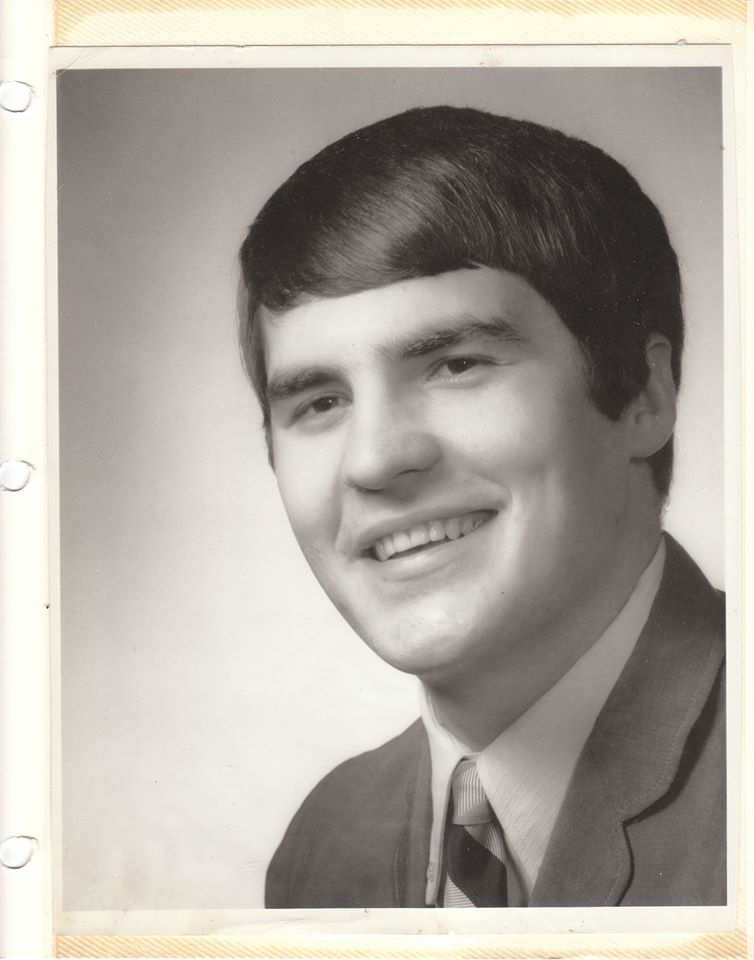
![]()